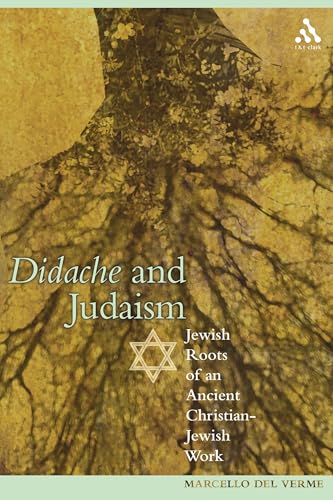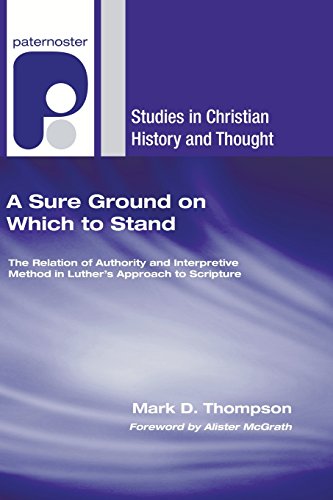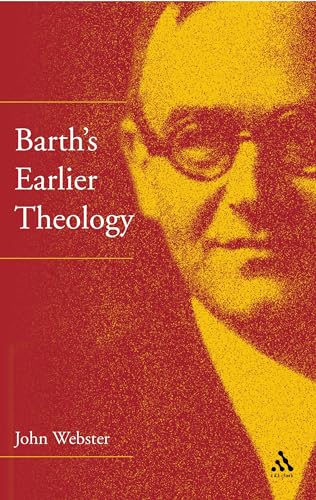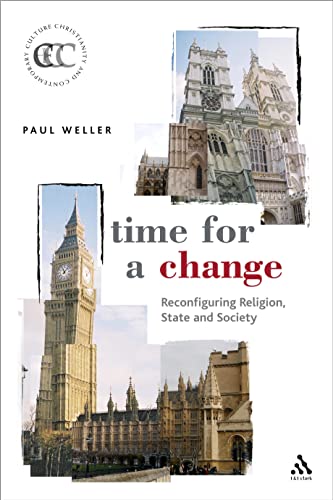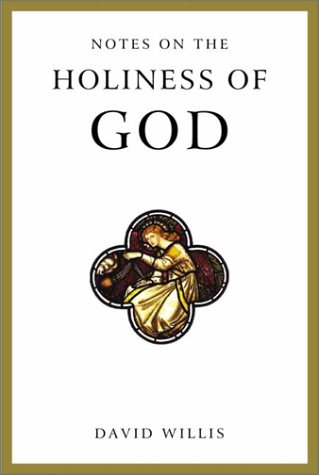Lukan Theology In The Light Of The Gospel’S Literary Structure
Written by Douglas S. McComiskey Reviewed By Kirk R. MacGregorIn this expansion of his 1997 Aberdeen doctoral dissertation, Douglas S. McComiskey, New Testament professor at Ridley College (Australia), contributes significantly to Lukan scholarship both through his demonstration, successful in the judgement of this reviewer, of an intentional fourfold cyclical parallelism governing Luke 4:14–24:53, and through his discernment of the theology which the Evangelist attempted to thereby convey. This work is notable for its construction and application of rigorous form and redaction critical tests, a rare approach that comes as a breath of fresh air to historians troubled by subjectivity in these branches of biblical studies.
Employing universally recognized cyclical parallels (such as Luke 1:5–25 with 1:26–38 and 1:57–80 with 2:1–40) as test cases, McComiskey formulates eleven criteria for deciphering structural correspondences deliberately crafted by an ancient author. These include: (1) the restriction of parallel elements to relevant passages; (2) a significant number of similar features between passages; (3) a significant number of passages matching a proposed pattern or grouping of features; (4) elements of correspondence that attract the reader’s attention; (5) parallelism between complex units; (6) authorial adjustments of earlier sources to create literary devices; (7) literary devices matching broad authorial themes; (8) features which defy historical or genre expectation; (9) sequences of features uncommon in pertinent literature; (10) nesting of smaller parallel passages within larger ones, and (11) the cumulative force amassed by meeting an increased number of conditions (1) through (10). Interacting critically yet charitably with the previously suggested analytical models of Robert C. Tannehill and Charles H. Talbert, McComiskey further substantiates his methodology by simultaneously showing its superiority to theirs in terms of explanatory power and scope while revealing that the exegetical conclusions reached by these Lukan commentators are actually rendered more plausible by his standards than by their own.
McComiskey proceeds to delineate and positively assess, via strict conformity to the eleven criteria, his proposed literary structure for the third gospel, comprised of four cycles (4:14–9:50; 9:51–13:21; 13:22–19:27; 19:28–24:53) containing a maximum of twelve strata each. These strata are respectively distinguished by the following characteristics: (i) emphasis on Galilee or Jerusalem as Jesus’ destination (4:14–15; 9:51; 13:22; 19:28); (ii) Jesus’ prophetic status coupled with the eternal implications of rejecting his message (4:16–30; 9:52–62; 13:23–35; 19:29–44); (iii) Jesus’ display of divine authority (4:31–7:50; 10:1–11:26; 14:1–14; 19:45–20:8); (iv) Jesus’ teaching a crowd (8:1–21; 11:27–36; 14:15–35; 20:9–18); (v) Jesus’ personal confrontation of Jewish religious leaders (gap in cycle 1; 11:37–54; 15:1–16:31; 20:19–44); (vi) warnings against emulating the religious leaders (gap in cycle 1; 12:1–21; 17:1–4; 20:45–47); (vii) encouragements to have greater faith (8:22–25; 12:22–34; 17:5–19; 21:1–4); (viii) eschatological discourse (8:26–56; 12:35–40; 17:20–18:8; 21:5–38); (ix) the role of the Twelve (9:1–17; 12:41–48; 18:9–17; 22:1–30); (x) Peter’s articulation of commitment to Jesus (9:18–21; gap in cycle 2; 18:18–28; 22:31–34); (xi) Passion predictions (9:22–27; 12:49–53; 18:29–34; 22:35–24:43); and (xii) an interlude (9:28–50; 12:54–13:21; 18:35–19:27; unnecessary in cycle 4 since the Gospel here concludes). McComiskey enhances the coherence of his hypothesis by establishing precedent for similar multifold parallelism in both the Old Testament and classical literature. In addition to the Lukan theology expressly conveyed in (ii), (iii), and (vi) through (x), McComiskey rightly perceives that the underlying subtext of the Evangelist’s structure is to present the crucifixion and resurrection as the goal of Jesus’ incarnate ministry.
Due to its careful argumentation and meticulous use of evidence, this book furnishes students with a model of historical scholarship. Moreover, an abundance of charts and graphs facilitate student understanding by visually and straightforwardly presenting key findings. For these reasons, McComiskey’s study would serve as an outstanding textbook for courses in form criticism, redaction criticism, and Lukan studies.
Kirk R. MacGregor
Kirk MacGregor is assistant professor of religious studies at Radford University in Radford, Virginia.



